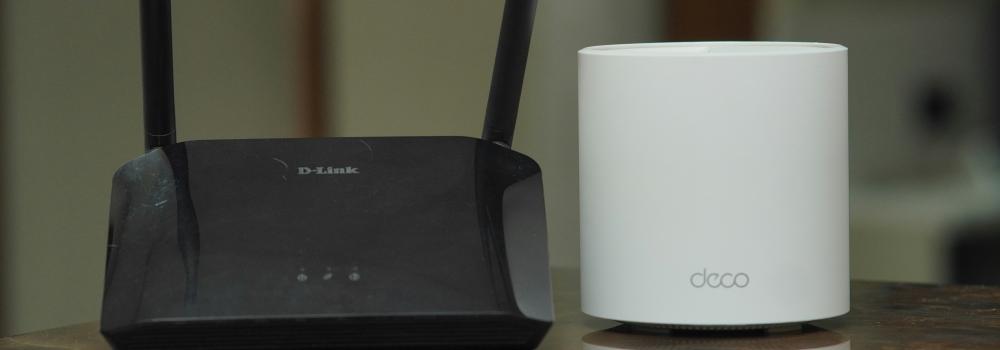Protecting Our Children in the Digital World: The Home Internet (Wifi Router)
Setting up Wi-Fi routers at home, or other alternative devices, are tools that can help us protect minors by filtering out content that is inappropriate for them. They differ from age verification methods and need families to be actively involved in order for them to function properly. Internet service providers should inform and provide effective assistance to families in the proper configuration of devices. In addition, it is important to consider privacy and opt for those solutions that respect data protection rules.

Image by TechieTech from Unsplash.
As parents, it is up to us to ensure that our children have a safe experience in their use of technologies and are protected from inappropriate content on the Internet. There are numerous tools and configuration possibilities on devices that connect to the internet that allow this.
Wi-Fi routers can filter websites of content that is inappropriate for minors through proper Domain Name System (DNS) settings. DNS translates the names of sites on the Internet into IP addresses, therefore enabling Internet browsing by helping to locate the servers that serve the content in the URL that the user types into their browser's address bar. There are DNS servers that filter requests to websites with content that is inappropriate for minors based on configurable filters, usually through the use of deny or block lists. Some DNS that offer protection for families are, for example: DNS0, OpenDNS and Cloudflare (links to short guides in Spanish: DNS0, OpenDNS, Cloudflare).
Wi-Fi routers provided by Internet operators have DNS presets that can't always be changed. However, there are Wi-Fi routers on the market that do allow this, as well as other commercial devices that can connect to the internet provider's router and replace some of its functions. For example, they allow you to select a DNS with inappropriate content filtering, so that all devices connected to the Wifi router will have limited internet access.
Regardless of the options allowed by the Wi-Fi router, and as a complementary measure, any user can change the configuration of the DNS to the one that is consulted from their own devices (mobile, computer, tablet, etc.) to restrict access to content or to enable it. This is very useful when browsing is not done from home Wi-Fi, but is done using mobile data.
The Android operating system (since version 9) allows you to configure a "private DNS" that applies to any type of internet connection. Actually, this "private DNS" refers to encrypted DNS, DoT or DoH (DNS Over TLS, DNS Over HTTPS respectively), so not all DNS are valid. However, there are some that can also offer content filtering (e.g. familyshield.opendns.com, family.cloudflare-dns.com). On iOS, DNS configuration with mobile data is somewhat more complicated, as it is necessary to create a connection profile (possible from iOS 14 onwards).
In short, configuring DNS on home Wifi routers or devices can certainly be effective, they are different tools, complementary to age verification methods, and they need families to be actively involved for them to work properly.
Setting up a Wi-Fi router requires some technical knowledge that is not available to everyone. In any case, you should not trust any DNS provider or introduce any type of additional network device without analyzing its effectiveness and without checking its privacy and data protection risks. For example, DNS providers or additional devices could collect and process user browsing data, with all the risks that this entails.
For all these reasons, service providers should inform and provide effective assistance to families in the proper configuration of devices. Otherwise, families would need specialized technical assistance.
This post is related to some other materials published by the Innovation and Technology Division of the AEPD, such as:
- Decalogue of principles. Age verification and protection of minors from inappropriate content
- DNS Privacy